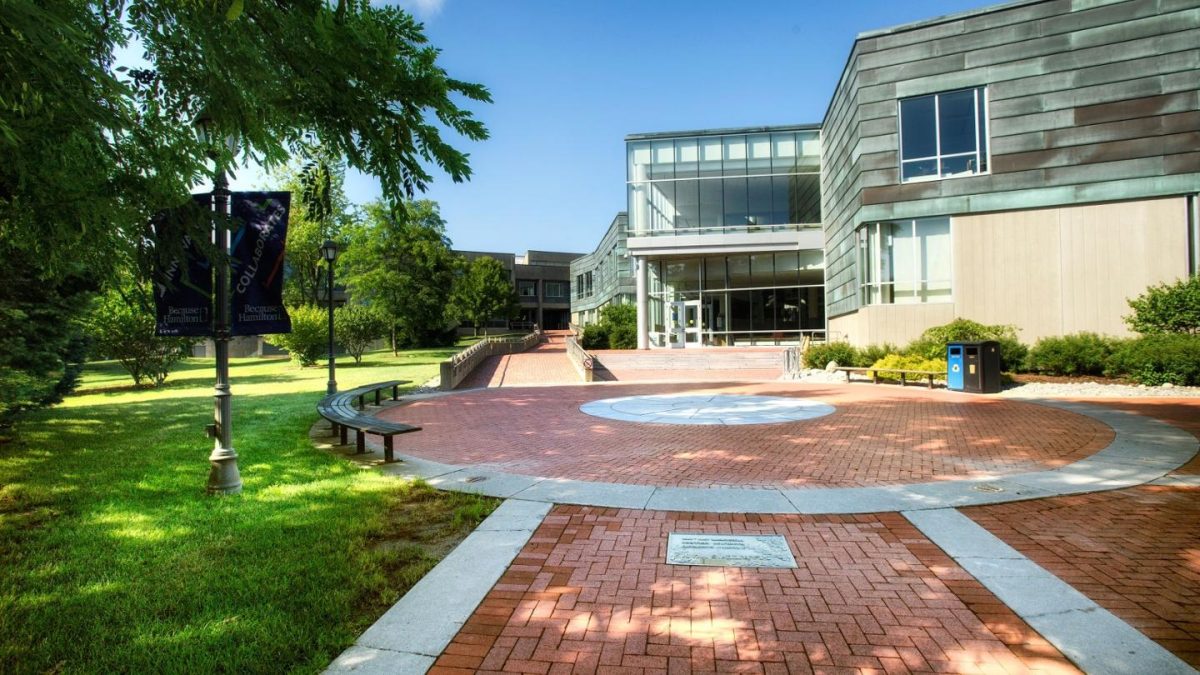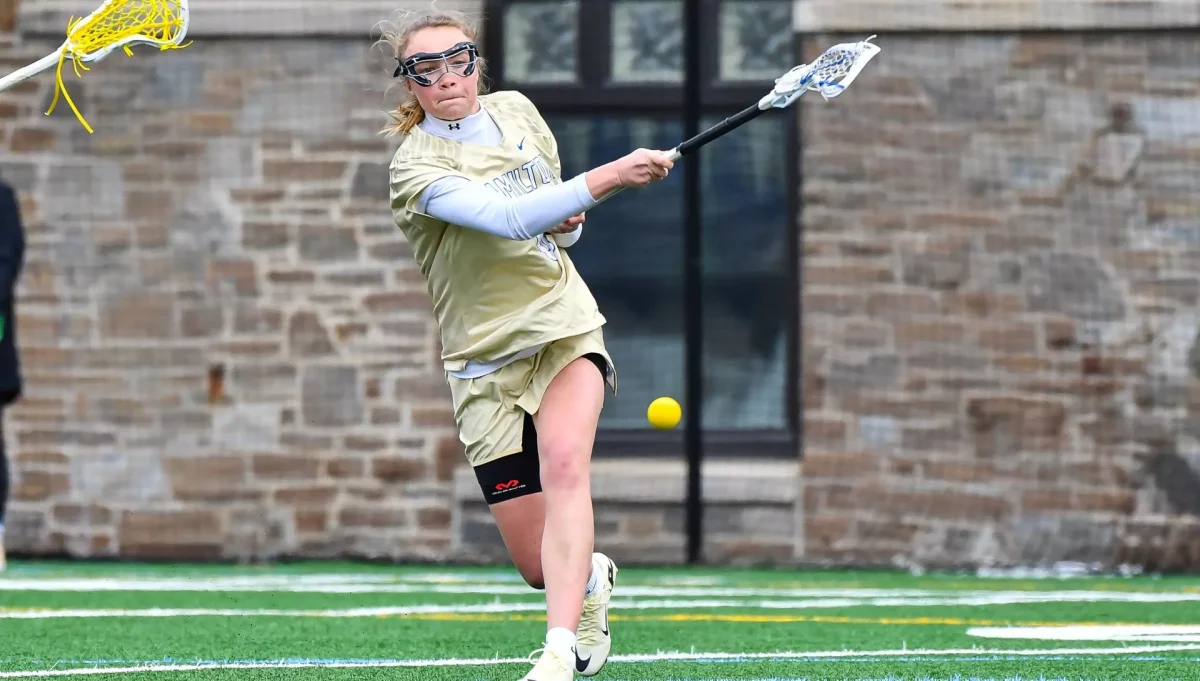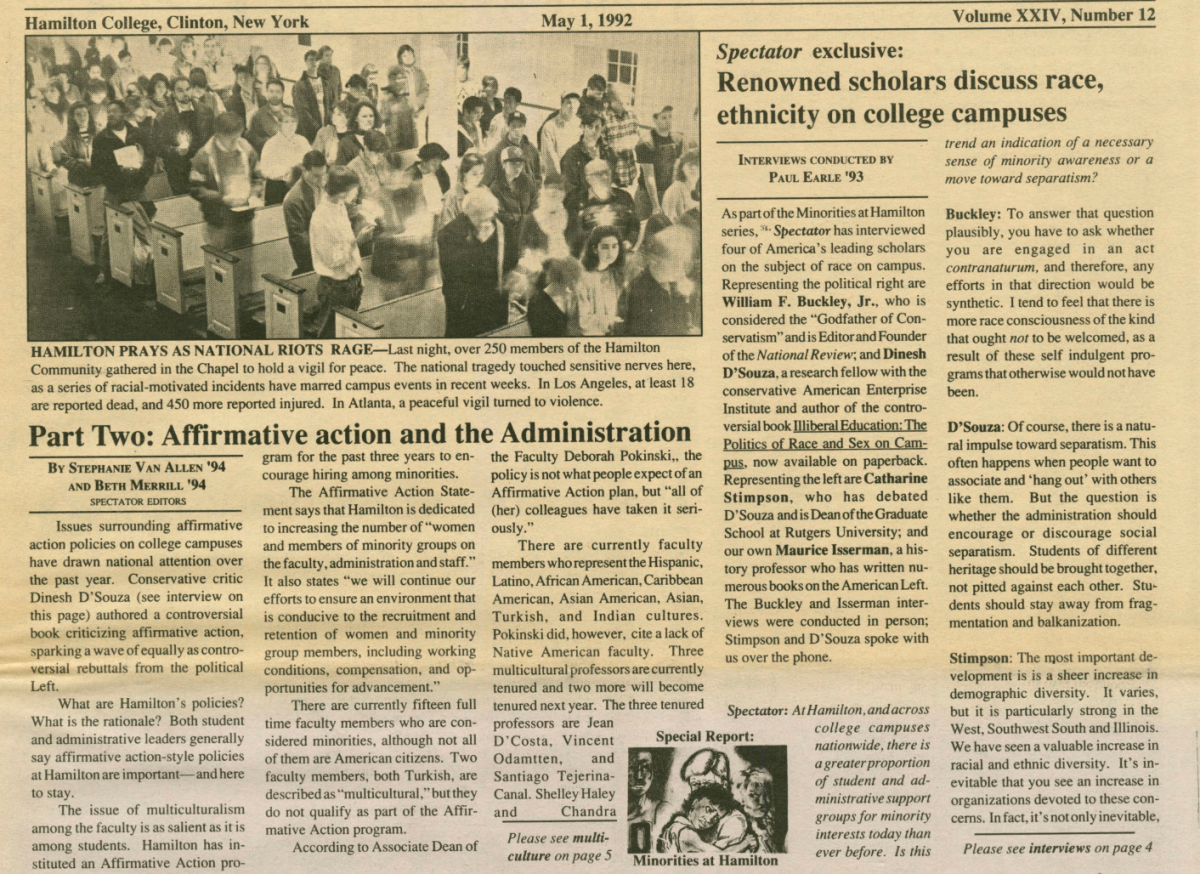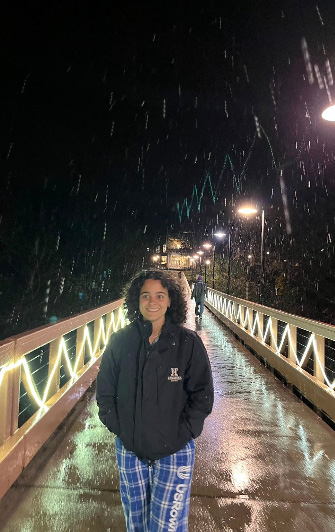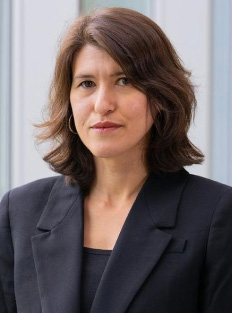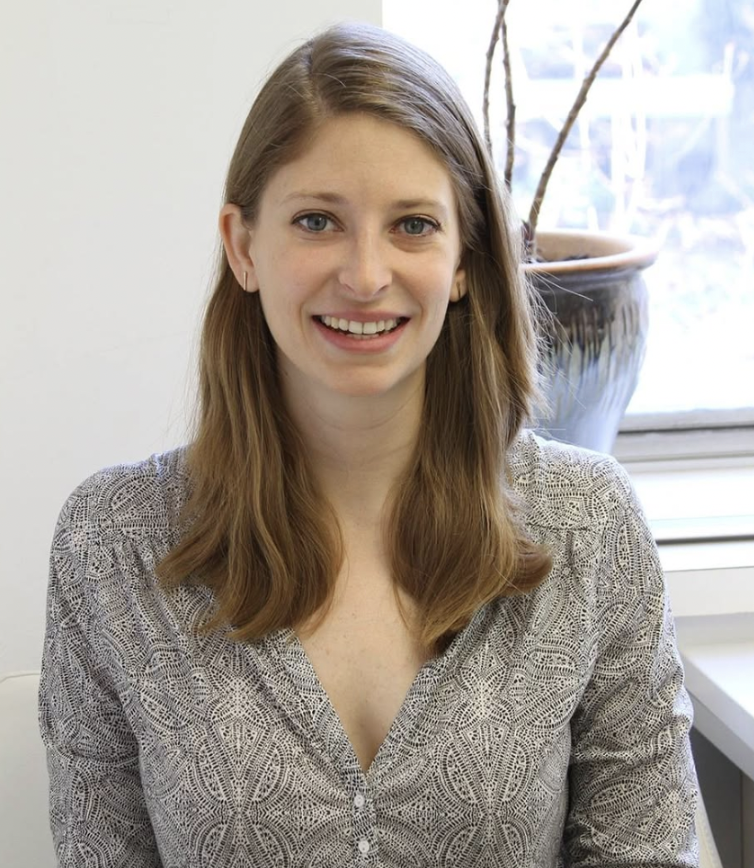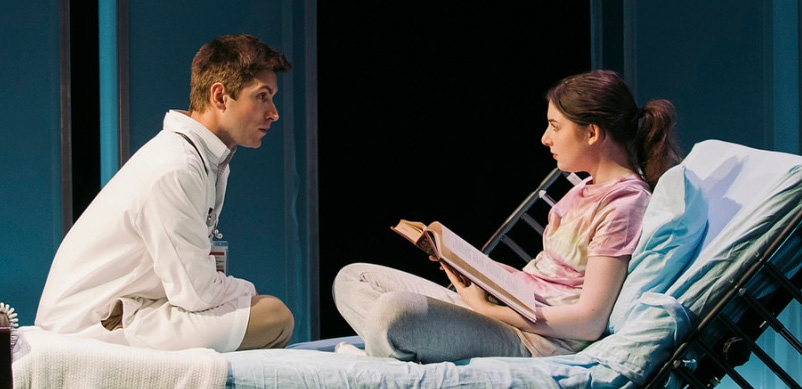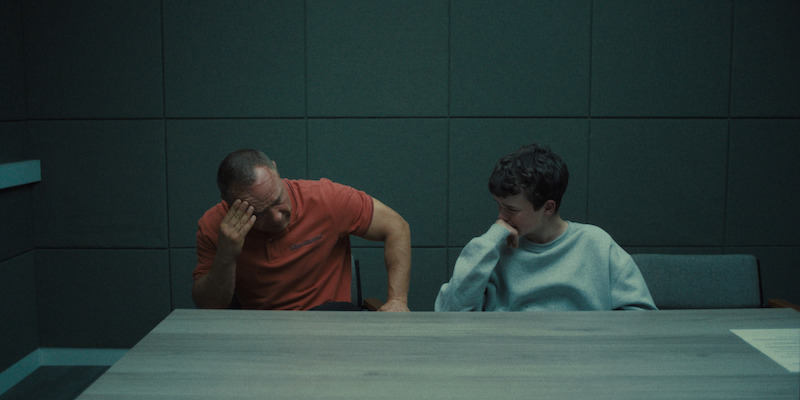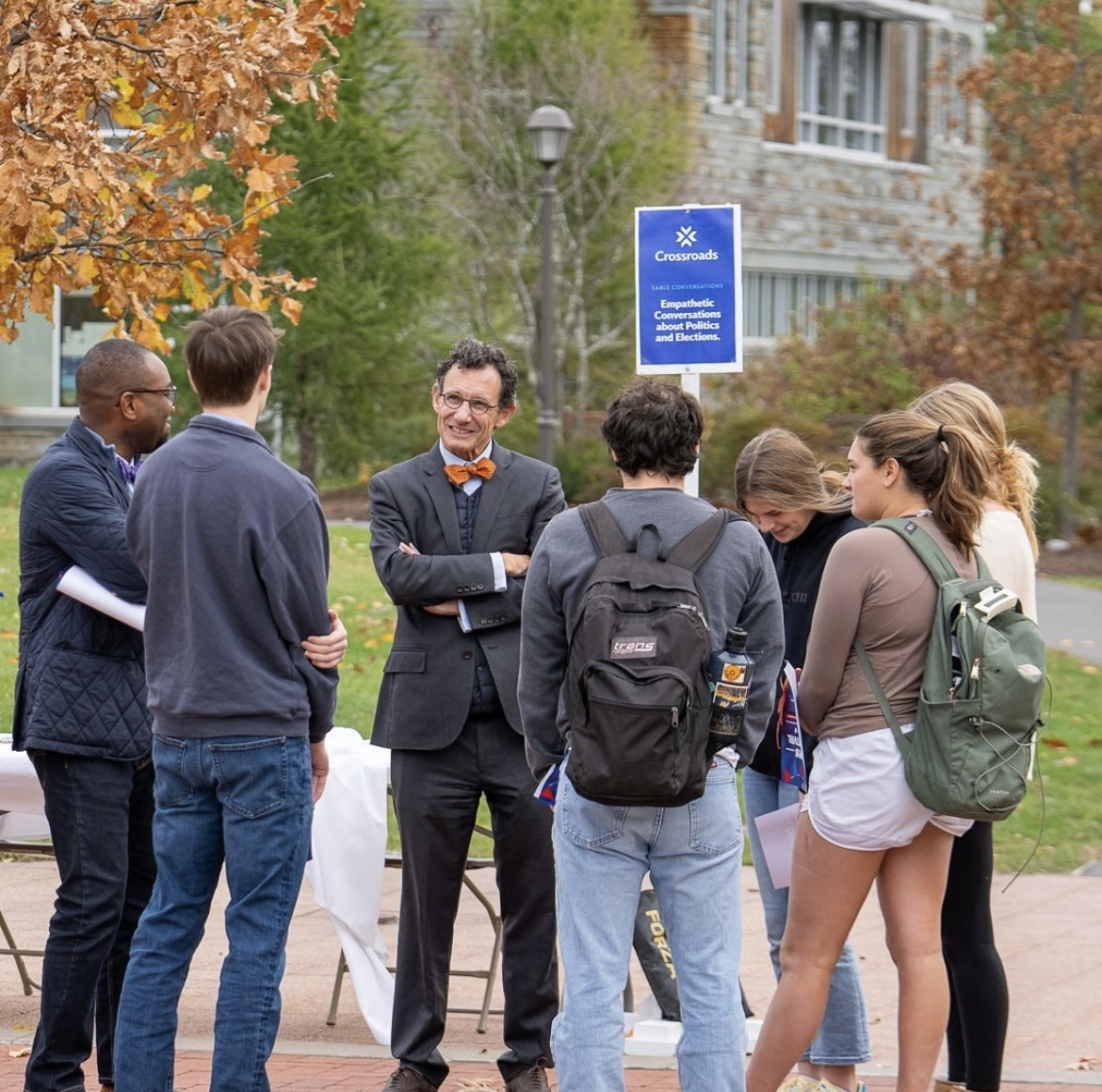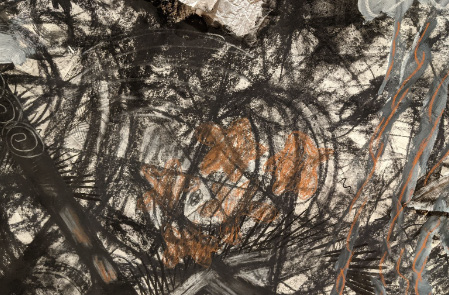
There is a reason artists are thought of as solitary creatures. The canon of art history is a story of tense rivalries and thorny friendships, fraught with petty insults and fallings-out: Michelangelo and Da Vinci, Van Gogh and Gaugin, Manet and Degas, Picasso and Matisse. But it is also a story of mutual influence. Group exhibitions reveal markedly similar palettes, composition and subject matter — the startling, deep yellow coloring Van Gogh and Gaugin’s portraits, or the dissociated, decoupled bodily forms of Picasso and Matisse. Collaborative artworks, then, induce interrelated inspiration and rich reciprocities in form and theme but are frequently limited by ego clashes and infighting. At best, formal elements are distinct, yet fluid; at worst, fragmentary and muddled. The danger of argument and betrayal is omnipresent.
The aptly named “Circulatory System,” an exhibit of Hamilton students’ work sat the Kirkland Art Center in Clinton, is a breath of fresh air. Three pieces are directly collaborative, and two others display varying interpretations on the same material and conceptual themes. The space itself is open and airy, with the works arranged in a rough circuit; each piece responds to the previous, so that the exhibition in its entirety is synthesized through movement, vitalizing and empowering itself in a continually renewing cycle.
In form and composition, if not always in subject, the paintings and sculptures gesture toward landscape. A collaborative mixed-media piece — densely layered with black-and-white scribbles, tiled streams of tissue paper and occasional flares of red — resembles an apocalyptic terrain. Yet the piece also seems a scene of under-sea darkness, teeming with animal life and vegetation — several lacy jellyfish appear, as well as curling fronds and whirls of white paint, suggesting whirlpools or currents. The piece is potent with shifting symbology and almost topographical in its interplay between texture and shape.
The following piece, crafted in copper wire, is cooler, more composed and more uniform, without the frenetic energy of the previous. Yet it is richly heterogenous. Wall-mounted chains, nets and loops accompany twisted flowers and crowns, varying in size, construction and placement. Each was fashioned individually by a member of a twelve-person team, then mounted in ensemble on location. “We learnt to listen carefully to how the wire communicated with each of us while crocheting, knitting, and giving form to copper,” says Nana Hayrumyan ’27. Copper wire is woven into thick, heavy mats, or is used sparingly to produce semi-weightless forms, seemingly uninhibited by gravity. Hovering copper constructions seem planetary and ethereal, evoking a stylized solar system. Both this piece and the previous are reminiscent of vast, enigmatic settings — the depths of sea or space. “As a class, we transcended a material that is in constant circulation — from Space to Earth — a material that cannot be spoken of in the present tense, but fluctuates over time. Copper is a material that is, quite literally, from Heaven,” continues Hayrumyan.
The pieces become gradually more composed and delineated as the viewer circles the gallery space. On the opposite wall, nine plywood sculptures, mounted on rectangular wooden frames, are variously geographic, celestial and bodily. Both this series and the copper-wire piece reveal the capacity of a single material to encompass, as well as entwine, multiple artistic visions. In one sculpture (Paige O’Hara), uniformly curved strips of plywood rise sequentially off the frame, reminiscent of rolling hills or human ribs. In another (Maggie Nichols), cocoon-like forms are ringed by plywood bands like microcosmic Saturns. “It was a really interesting process to plan my own piece while also considering the interconnection of the other pieces and how our themes [city/urban, landscape, celestial and ocean/water] would both connect and complement each other,” comments Julia Ritzenberg ’27. Each sculpture fosters a tension between the limitations of the frame and its bursting overlaid shapes, which, in their dynamic, rhythmic intensity, contribute a sonic feel, like music incarnated in wood. In fact, viewing each sculpture in turn, I was reminded of wood instruments: patches of dried glue and jutting nails convey a scrappiness thats lends the sculptures a functional, rather than decorative, air — a welcome respite from aesthetic parameters which value purity over boldness and beauty over embodiment.
The most figurative piece in the exhibition was a pencil and colored pencil rendering of Clinton’s West Park Row as it looked in 1962. Composed of 16 self-contained drawings, each forming part of a building or street, the piece assembles a coherent whole from unique perception and individual style.
None of the pieces are titled, and associated placards offer little information. While a lack of context allows viewers to form their own judgements on the pieces, it also diminishes the presence of their creators. In this exhibit, collaboration is a success. Distinctions between artists are deemphasized in favor of an essential unity of expression. Each work, or series, is complete and coherent, their different facets coexisting in vibrant conversation. Unlike group exhibits of more famous artists, which are sometimes derailed by an overfocus on reputation, this fantastic show was constructed by a group of talented students whose potential far outweighs their egos.



